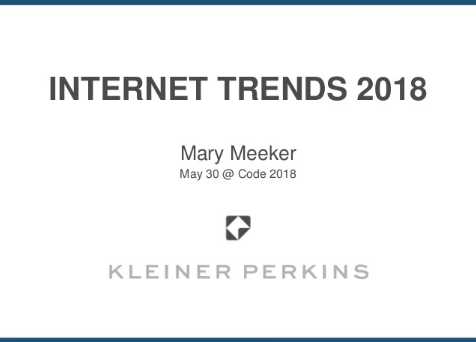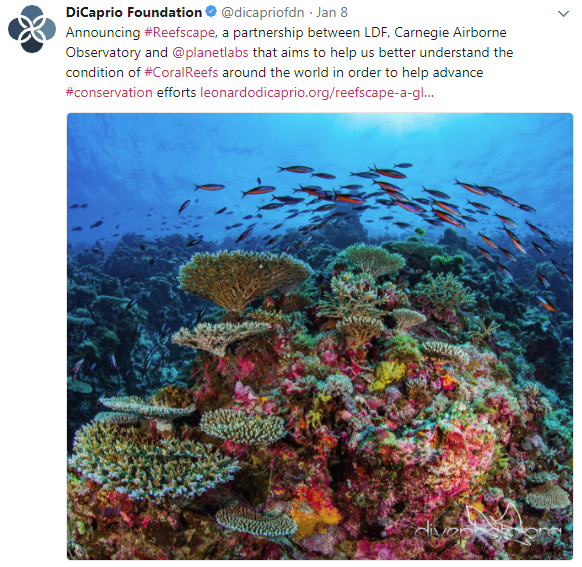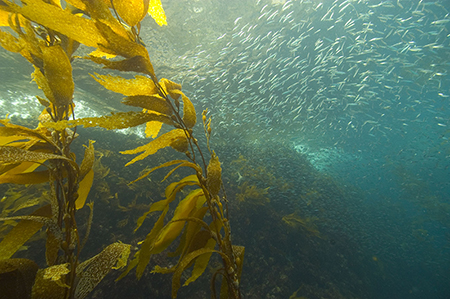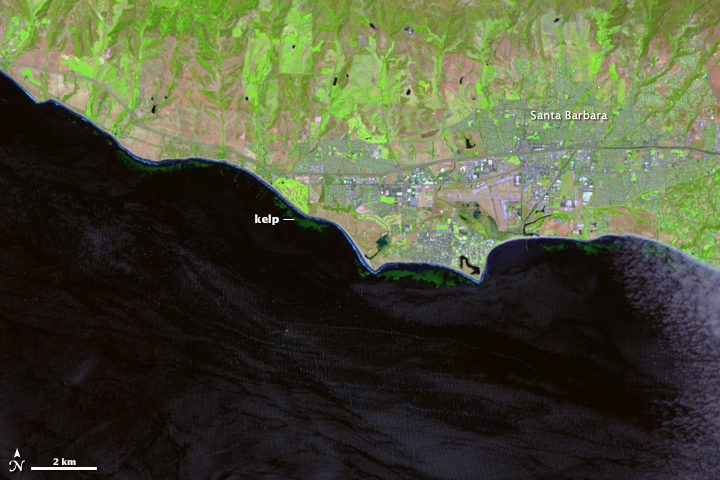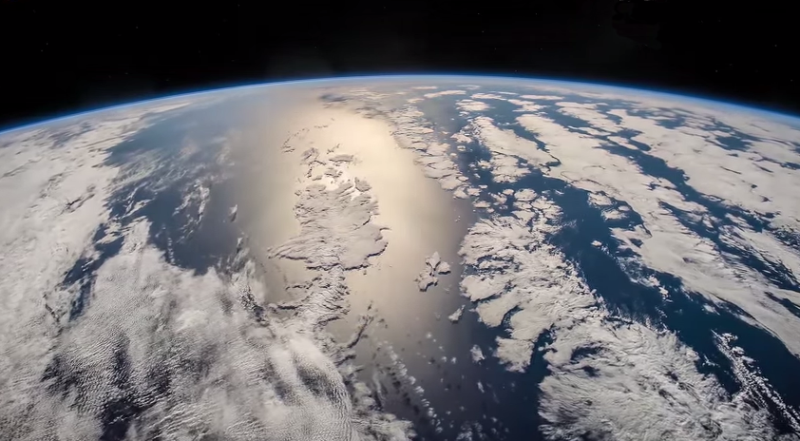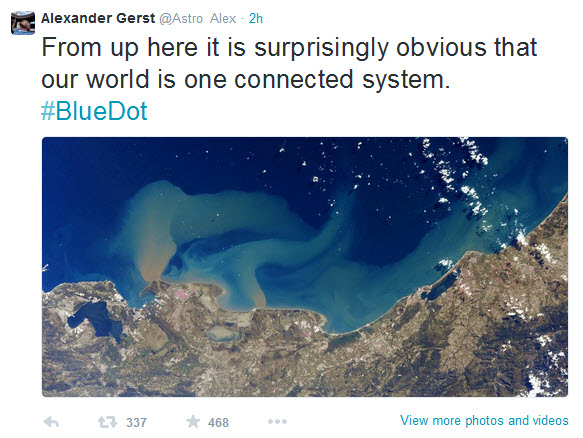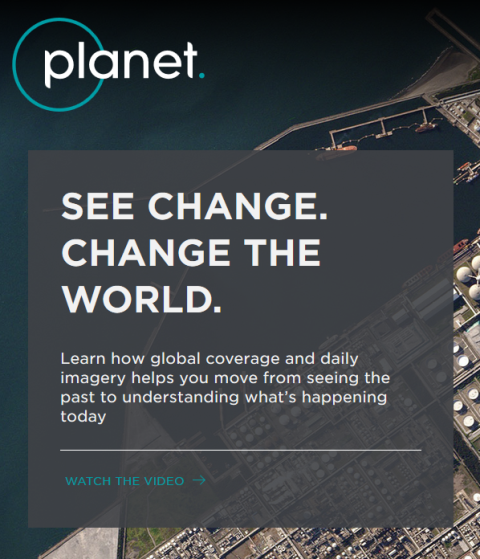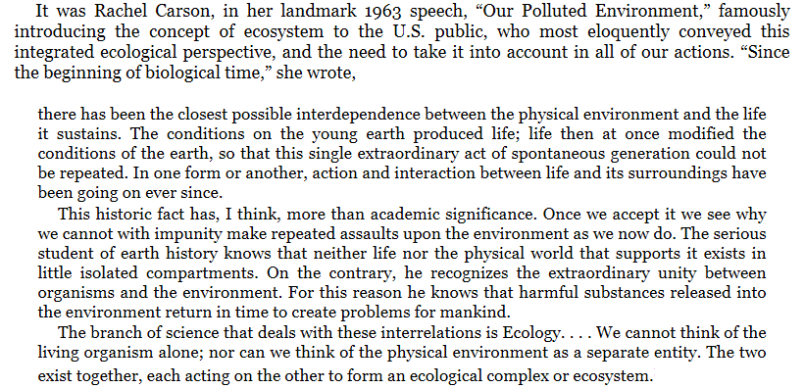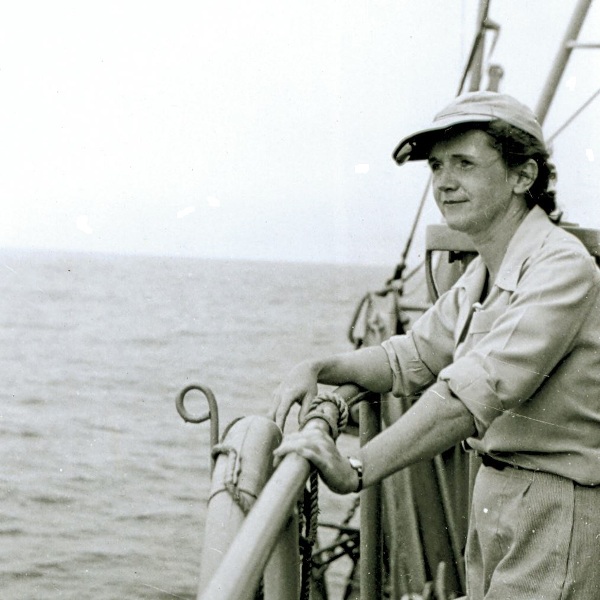Planet Citizens, Planet Scientists: Difference between revisions
Siterunner (talk | contribs) No edit summary |
Siterunner (talk | contribs) No edit summary |
||
| Line 42: | Line 42: | ||
The growth of the Internet and world-wide web is connecting and 'powering up' #PlanetCitizens globally. | The growth of the Internet and world-wide web is connecting and 'powering up' #PlanetCitizens globally. | ||
[https://www.greenpolicy360.net/w/Digital_Rights #DigitalRights] | |||
* [https://www.greenpolicy360.net/w/Digital_Rights #DigitalRights] | |||
GreenPolicy360's eco Operating System #eOS, a network of networks, continues to evolve, connecting, educating, empowering planet citizens locally and globally... | GreenPolicy360's eco Operating System #eOS, a network of networks, continues to evolve, connecting, educating, empowering planet citizens locally and globally... | ||
Revision as of 00:12, 2 August 2018
Protecting the Planet, Protecting Our Home
- ○ ○ ○ ○ ○ ○ ○ ○ ○ ○ ○ ○ ○ ○ ○ ○ ○ ○ ○ ○ ○
Network Earth, Planet Citizens Connected by a Global Internet
Read the latest (2018) annual statistics report (294 page PDF document here).
The growth of the Internet and world-wide web is connecting and 'powering up' #PlanetCitizens globally.
GreenPolicy360's eco Operating System #eOS, a network of networks, continues to evolve, connecting, educating, empowering planet citizens locally and globally...
Planet Citizens in Action: "Green Best Practices"
Leonardo DiCaprio, a Planet Citizen "Bioneer", puts Starpower to work
- To gather a more comprehensive understanding of the condition of global reef ecosystems, we need a way to assess and monitor them on a large geographic scale.
- The Reefscape project aims to improve our understanding of the condition of coral reefs worldwide, while simultaneously developing spectral libraries needed to advance the development of a new satellite mission.
- New satellites, such as those from Planet (formerly Planet Labs), are, as of 2017, able to capture near-daily imagery of coral reefs worldwide. Planet’s high-resolution imagery of reef locations provides new imaging, science and understanding of the composition and extent of shallow, horizontally oriented reefs.
Earth Observations with Perspective
Begin with The 'Big Picture'
... and now focus in on the small creatures, "Tree of Life" and "Tiny Little Ones".
Consider 'tiny blue-green' microscopic ocean life, rarely seen, studied, or appreciated.
● How much of our Earth is covered by oceans - 71% - Visit NOAA for more information
A 'WOW' moment: The 'tiny, little blue-green ones' are essential to life on earth
"A single kind of blue-green algae in the ocean produces the oxygen in "one of every five breaths we take".
- ~ from "The World Is Blue: How Our Fate and the Ocean’s Are One" by Sylvia Earle / National Geographic
Tiny Little Plankton
- Beginning points for "Ecosystems of the Sea"
- Nearly all marine plants are single-celled, photosynthetic plankton-algae
- Single-celled organisms comprise larger organisms like kelp
Kelp: "Forests of the Seas"
- ○ ○ ○ ○ ○ ○ ○ ○ ○ ○ ○ ○ ○ ○ ○ ○ ○
We look at "floating ocean forests" as we consider connections between oceans, atmosphere-oxygen-climate, food-chains and fisheries, science and sustainability policies...
○
Join in as a Planet Citizen, Planet Scientist to keep the oceans healthy
Take a look at the newly launched 'Floating Forest Project'' -- http://www.floatingforests.org/
Here's the Invitation from the Floating Forest website:
Citizen scientists are recruited via the Internet and are given instructions in how to hunt for giant kelp via satellite imagery.
They (you) are then given Landsat images and asked to outline any giant kelp patches that they find.
Findings are crosschecked with those from other citizen scientists and then passed to the Floating Forest science team for verification.
The size and location of these forests are catalogued and used to study global kelp trends.
As of January 11, 2015, more than 3,400 citizen scientists had joined up to look for kelp in 328,000 Landsat images...
GreenPolicy believes this is a planetary moment to jump, do it, sign up, help out!
Put a toe in first, test the waters (the water's fine) -- it could be time to become a "planet citizen, planet scientist"
Floating Forests - Earth Observatory/NASA-Landsat
Origin of Floating Forests Project
○ ○ ○ ○ ○ ○ ○ ○ ○ ○ ○ ○
Landsat 8 detects near-infrared wavelengths of light to spot & monitor offshore kelp forests (NASA Earth Observatory image)
○ ○ ○ ○ ○ ○ ○ ○ ○ ○ ○ ○ ○ ○ ○ ○ ○ ○ ○ ○ ○ ○ ○ ○ ○ ○ ○
"Kelp are the world’s largest marine plants, they regularly grow up to 35 meters (115 feet) tall
We are dependent on marine algae for every breath we take
"Breathe in. A conservative 70% of the life-sustaining oxygen in that breath came from marine algae.
Marine algae; the plant-like material of our oceans that ranges in size from the phytoplankton, to the giant kelp species that provide habitat as ocean forests.
These organisms are also attempting to scrub away the devastating impacts of our fossil fuel addiction, photosynthesizing carbon dioxide into oxygen and serving as carbon sinks.
Life on earth simply could not survive without marine algae and this conclusion is valid even without considering their role as the basis of ocean food webs..."
Floating forest of kelp - https://vimeo.com/67962861
○ ○ ○ ○ ○ ○ ○ ○ ○ ○ ○ ○ ○ ○ ○ ○ ○ ○ ○
Help with the Kelp, Join in -- Be a Planet Citizen, Planet Scientist
Floating Forests - Earth Observatory/NASA-Landsat
Origin of Floating Forests Project / 2014
○
Overall, the production of oxygen in the oceans is at least equal to the production on land, if not a bit more. Plants on land are easy to spot. Plants in the ocean are a bit more difficult to see..
There are more than 7,000 (so far identified) different species of algae. Most live in the oceans, but they also live in fresh water and even on land. Also, algae produce about 330 billion tons of oxygen each year.
More on Algae -- a Algae database, as scientists are at a first-stage of identifying sea-life
○
After a recent meeting on connections of kelp forests and climate change, researchers Byrnes, Cavanaugh, and other colleagues set out to consolidate all of the available kelp forest data from around the world. They wanted to take a step toward understanding how climate change is affecting kelp globally, but they quickly discovered they had a sparse patchwork of information.
"Byrnes was struck with a thought. They had used Landsat to expand their studies across time, so why not use Landsat to expand their studies around the world? Could Landsat be used to establish global trends in kelp forest extent? The answer was yes, but the problem was eyeballs."
"Unlike research on terrestrial vegetation — which uses Landsat data and powerful computer processing arrays to make worldwide calculations — distinguishing kelp forests requires manual interpretation. While kelp forests pop out to the human eye in near-infrared imagery, computers looking at the data numerically can confuse kelp patches with land vegetation. Programs and coded logic that separate aquatic vegetation from land vegetation can be confounded by things like clouds, sunglint, and sea foam..."
Byrnes and Cavanaugh put together a team and joined with Zooniverse that connects professional scientists with citizen scientists in order to help analyze large amounts of data. The result was the Floating Forests project.
- "People-powered Research"
GreenPolicy360 & Planet Citizens Watching over Our Home Planet
- The Silencing Science Tracker is a database initiative that tracks government attempts to restrict or prohibit scientific research, education or discussion, or the publication or use of scientific information, since the November 2016 election.
- The Climate Deregulation Tracker identifies steps taken by the Trump administration and Congress to scale back or wholly eliminate federal climate mitigation and adaptation measures. The tracker is linked to a database of climate change regulations.
It's All Related
- ····························································································
Earth Point of View --- www.earthpov.com
Planet Citizen --- www.planetcitizen.org / www.planetcitizens.net
Thin Blue Layer --- www.thinbluelayer.com / Tiny Blue-Green --- www.tinybluegreen.com
Environmental Security / Strategic Demands - Environmental Security / New Definitions of National Security
Green Policy-Facebook --- GreenPolicy-Google+ --- GreenPolicy-Twitter
Digital Rights/OpenData OpenGov
GreenLinks -- Linking to Green Best Practices
Visit GreenPolicy360 pages
○ ○ ○ ○ ○ ○ ○ ○ ○ ○ ○ ○ ○ ○ ○
Planet Citizen / #PlanetCitizen / Planet Citizens #PlanetCitizens
EarthPOV.com / #Earth360 / #EarthObservations / #EarthMapping
○ ○ ○ ○ ○ ○ ○ ○ ○ ○ ○ ○ ○ ○ ○ ○ ○ ○ ○ ○ ○ ○ ○ ○
Rachel Carson, Planet Citizen, Planet Scientist
○
- Additional Website Resources - Linked Data - Green Best Practices
- Air Quality
- Atmospheric Science
- Biodiversity
- Biosphere
- Citizen Science
- Clean Air
- Clean Water
- Climate Change
- Climate Policy
- Digital Citizen
- Earth360
- Earth Observations
- Earth Science
- Earth Science from Space
- Eco-nomics
- Ecology Studies
- Education
- Environmental Protection
- Environmental Security, National Security
- EOS eco Operating System
- Global Security
- Global Warming
- Land Ethic
- Natural Capital
- Natural Resources
- Oceans
- Ocean Ecosystem
- Ocean Science
- Planet API
- Planet Citizen
- PlanetLabs
- Planet Scientist
- Planet Citizens, Planet Scientists
- Resilience
- Strategic Demands
- Sustainability Policies
- US Environmental Protection Agency
- Water Quality


